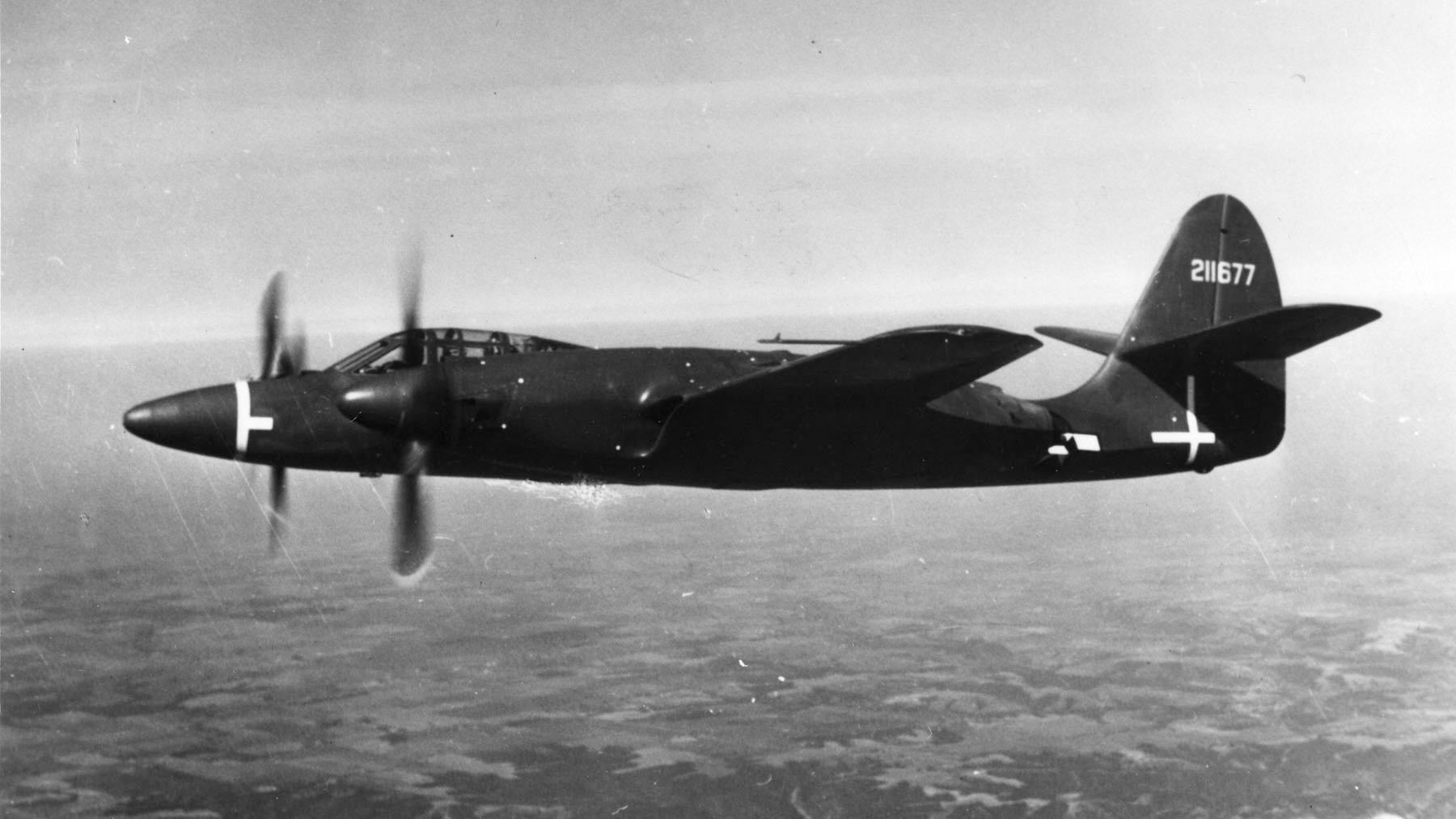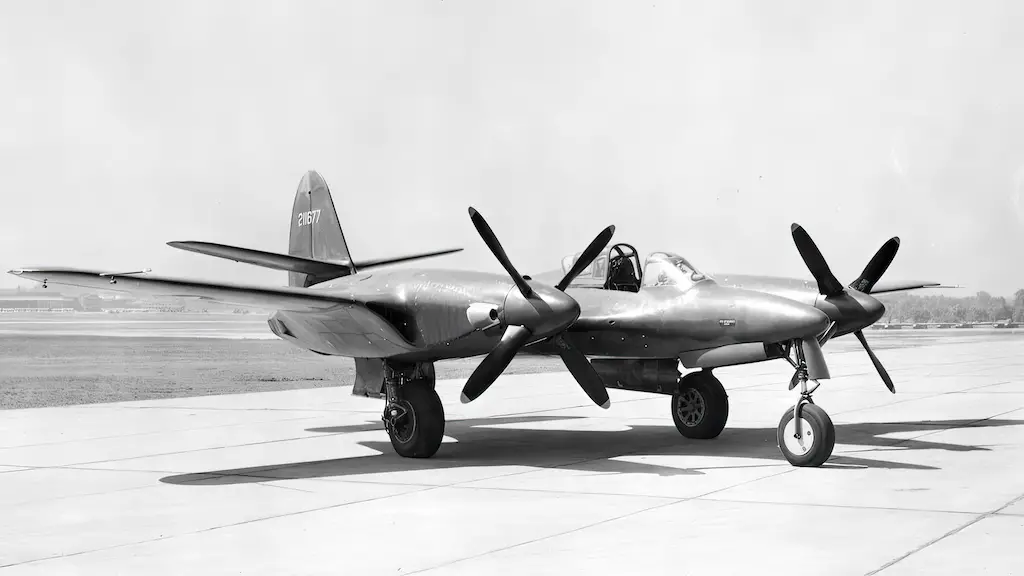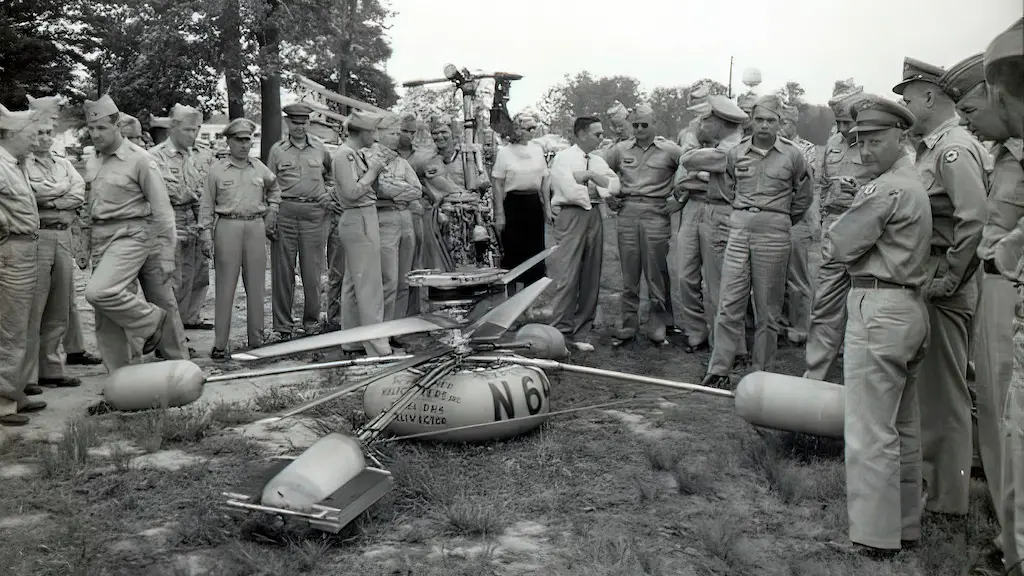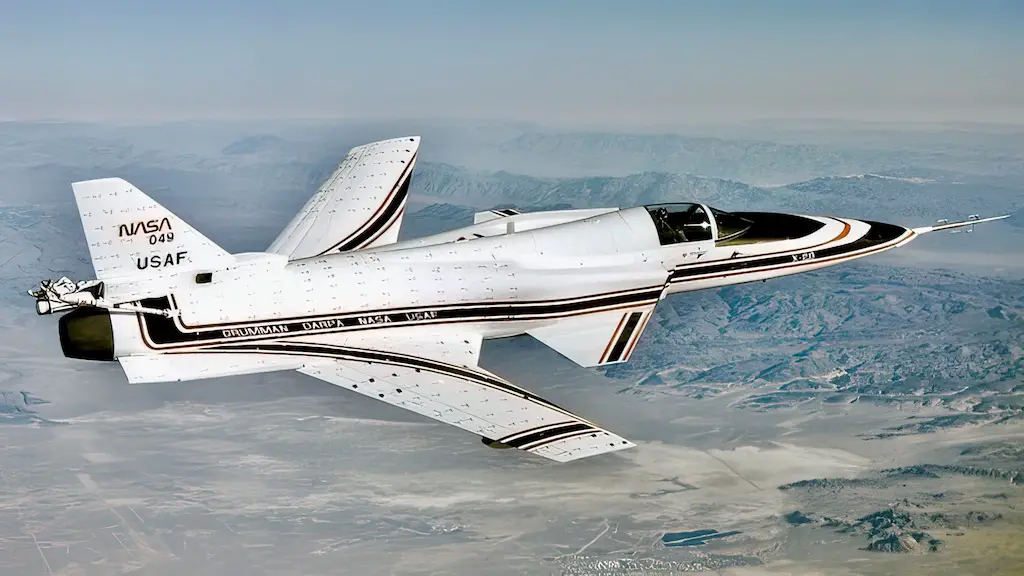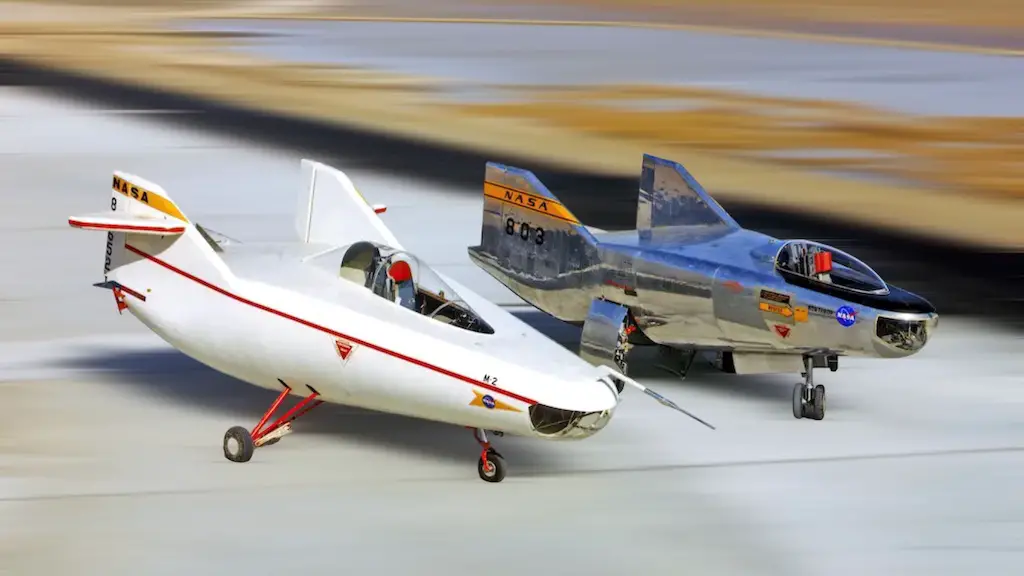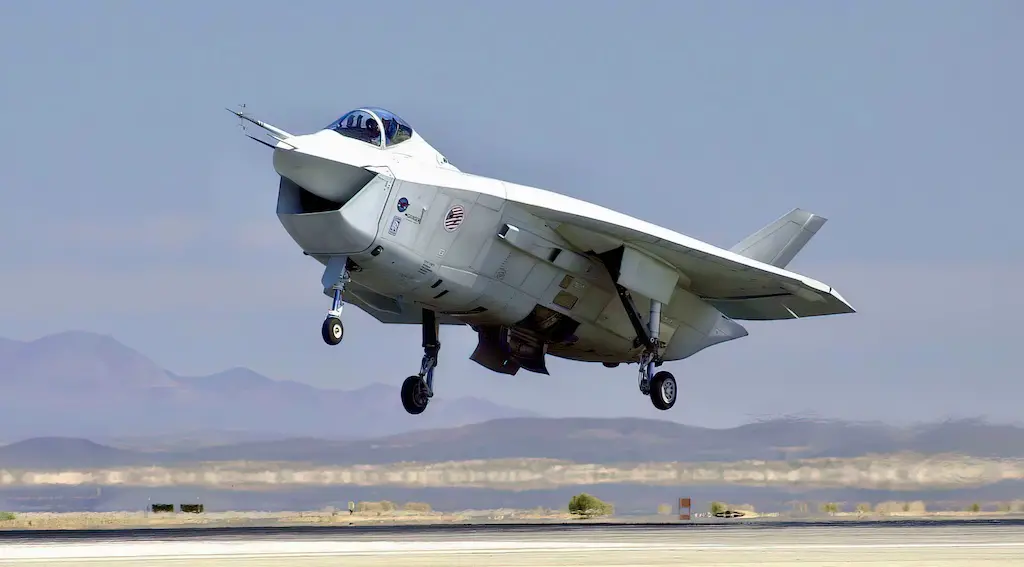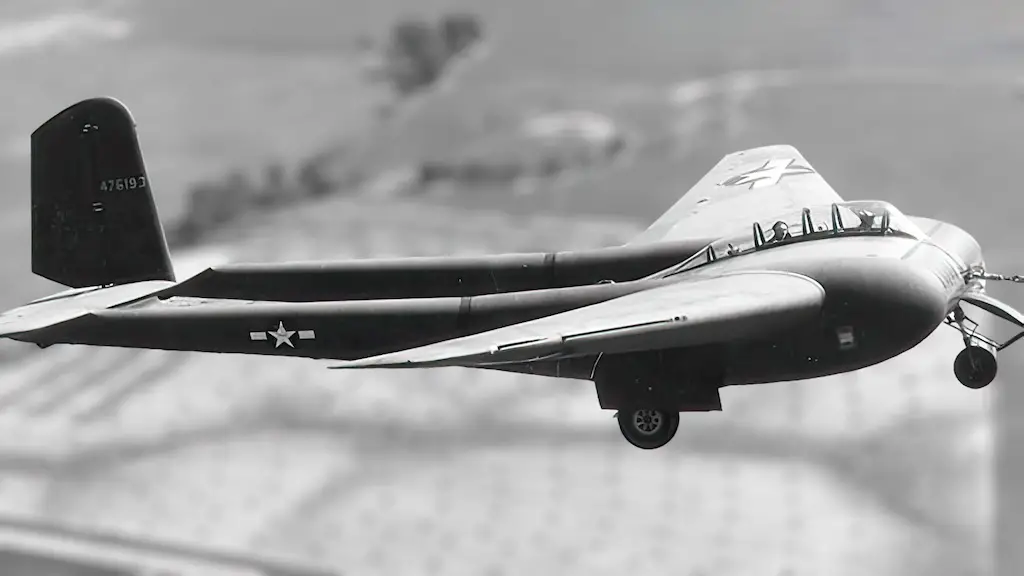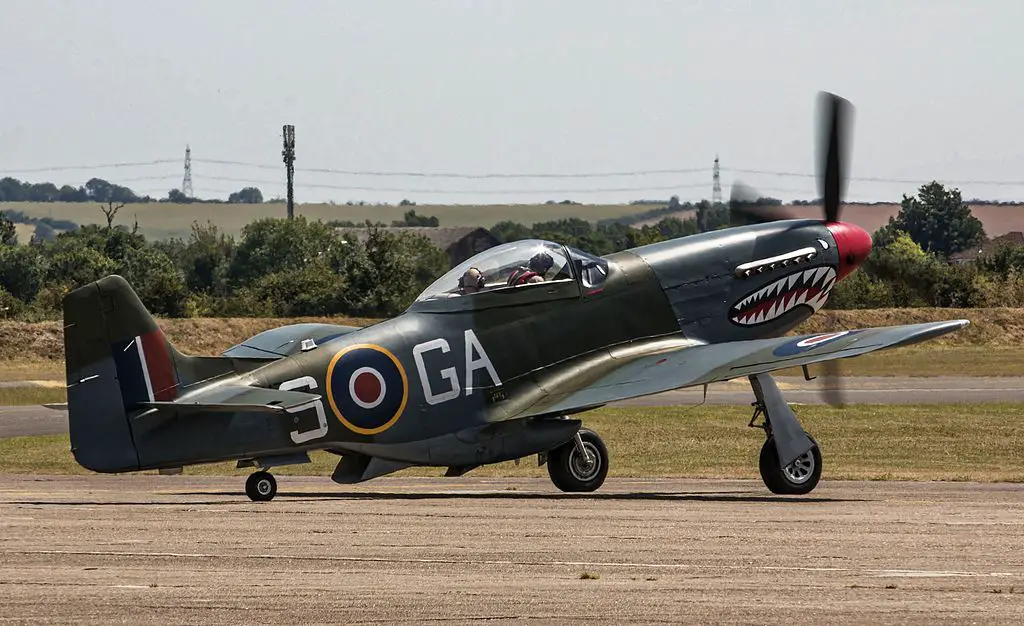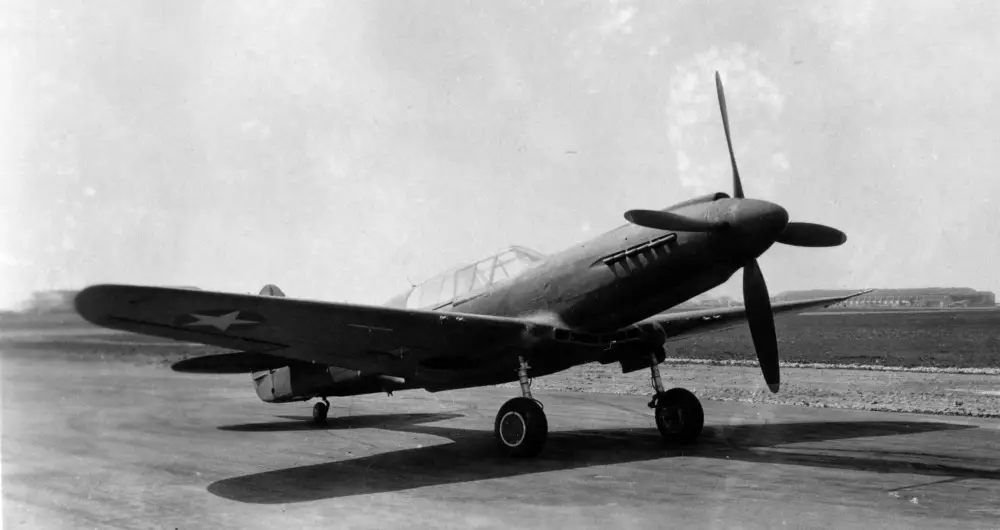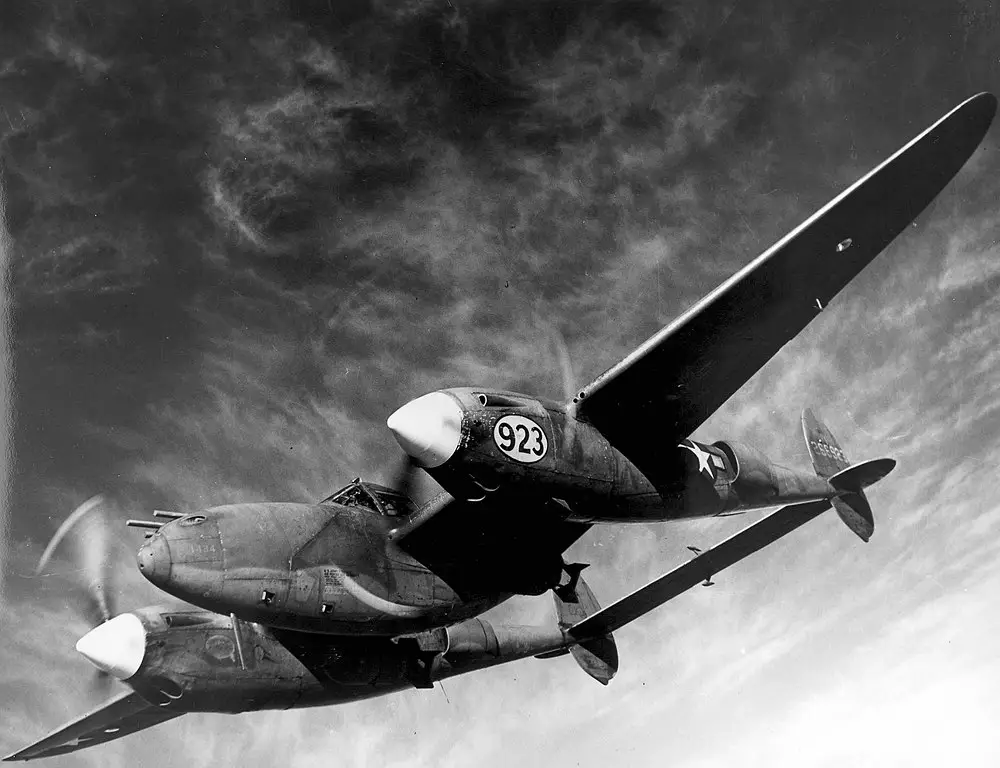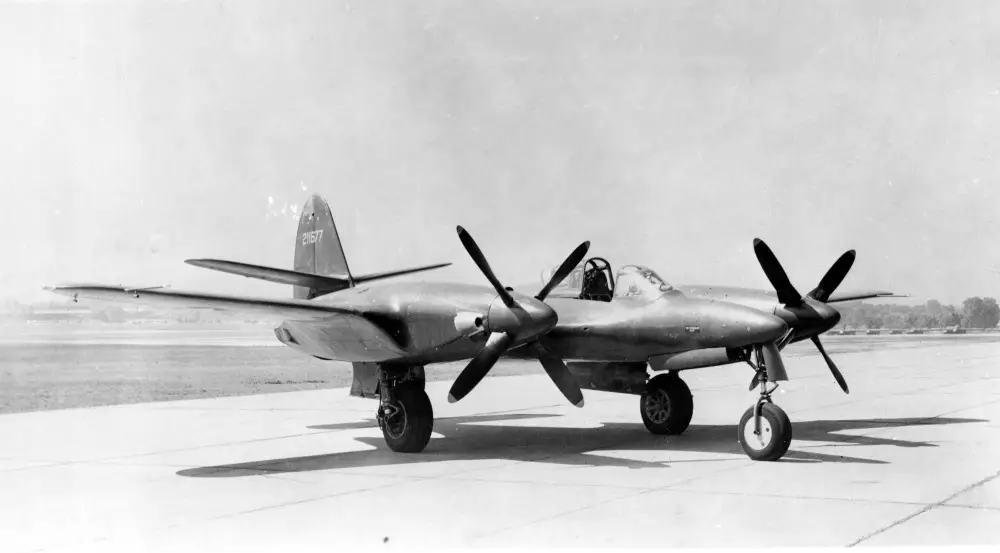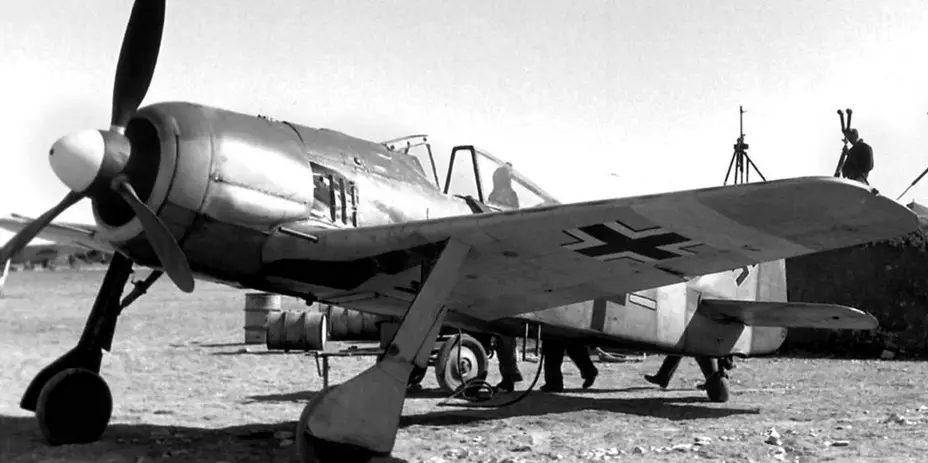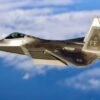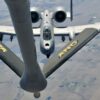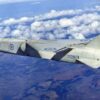In 1940, when the Second World War was already raging in Europe, the United States, which was not yet a belligerent side, decided it needed an excellent new fighter. Uncle Sam actually did have some pretty decent fighters in his inventory, such as Curtiss P-40Q Warhawk, and a plethora of even better machines were already in the works. These included such masterpieces as Lockheed P-38 Lightning and North American P-51 Mustang.
But the U.S. Army Air Corps wanted that work be started in advance on a next-generation high-altitude interceptor. That requirement brought to life several fighter designs prepared by different US aircraft manufacturers, including the XP-67 Moonbat. This plane had a truly futuristic spectacular outlook but its performance was a far cry from what McDonnell had promised to the USAAC.
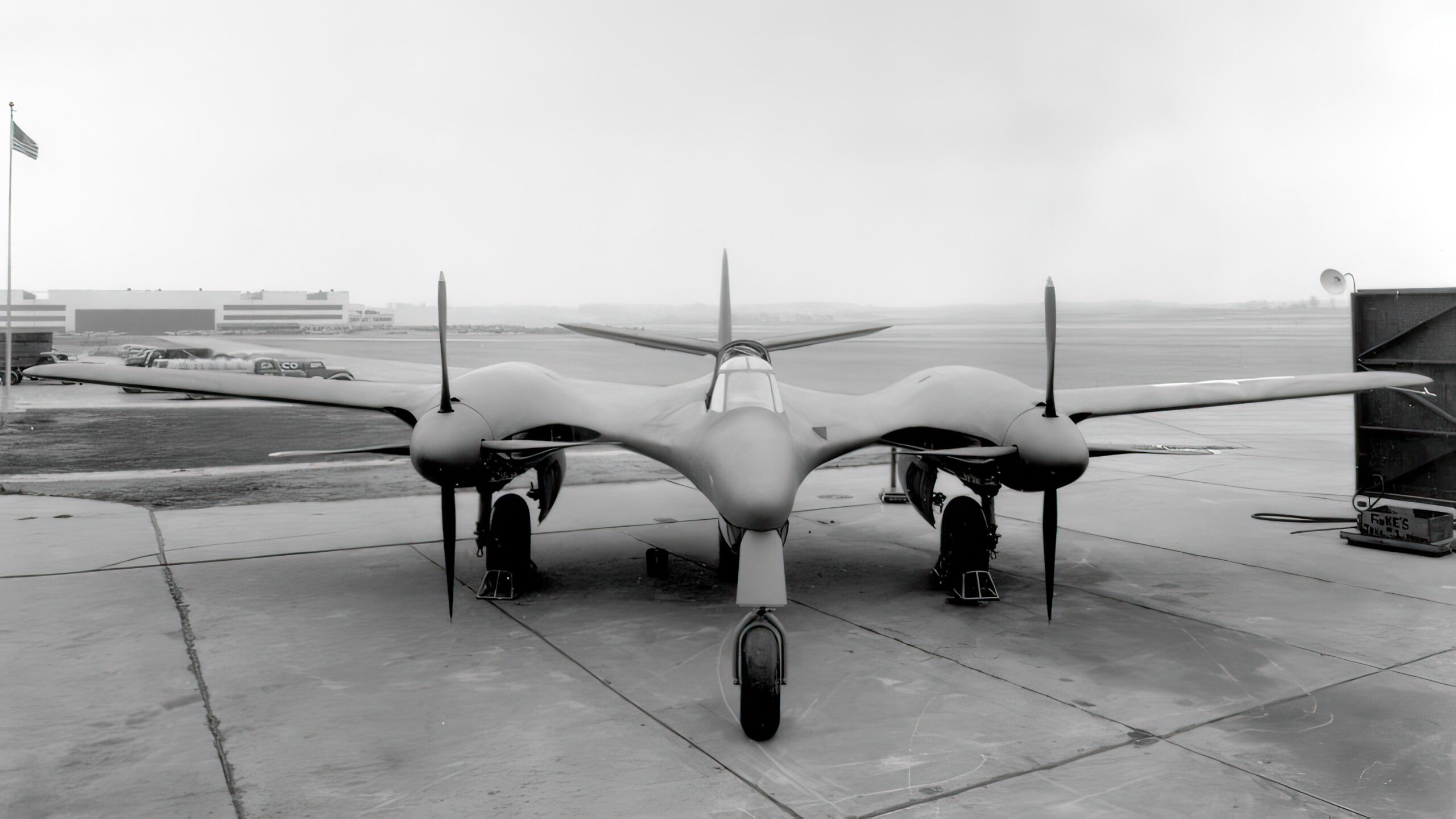
A super sleek aircraft
The XP-67 was a very aerodynamically advanced aircraft. James McDonnell had long been fascinated by the idea of using other parts of the airframe—not just the wings—as lifting surfaces. So, in designing the XP-67 his team attempted to maintain true airfoil sections over most of the airframe by blending the center fuselage and engine nacelles together into a laminar flow wing. That gave the aircraft a bat-like appearance and the nickname “Bat” or, alternatively, “Moonbat.”
Critically underpowered
The Moonbats greatest problem was its turbocharged Continental XI-1430 inverted V-12 engines, which had not been used on any production aircraft ever before. They suffered from overheating even at the stage of testing them on the ground. In January 1944, the prototype performed its maiden flight, which lasted only six minutes—again, because of engine problems. Test flights of the Moonbat soon proved that its engines—even when functioning properly—remained its greatest weakness.
The aircraft was easy to handle, but the rate of climb was disappointing and it required a rather long runway to get airborne. The Continental engines were intended to produce 1,350 hp of power but in reality they never delivered more than 1,059-hp in flight. Consequently, the aircraft never managed to achieve its projected top speed of 472 mph. It only reached a maximum of 404 mph at 25,000 ft. That wasn’t bad, but nothing out of the ordinary either. By then Mustangs and Fw 190s capable of such and even higher speeds were already dogfighting in the skies of Europe.
Given that, unlike the unarmed prototype, production aircraft were intended to carry a whopping six 37mm cannons with ammo, their performance with all that weight onboard would have been even more lamentable.
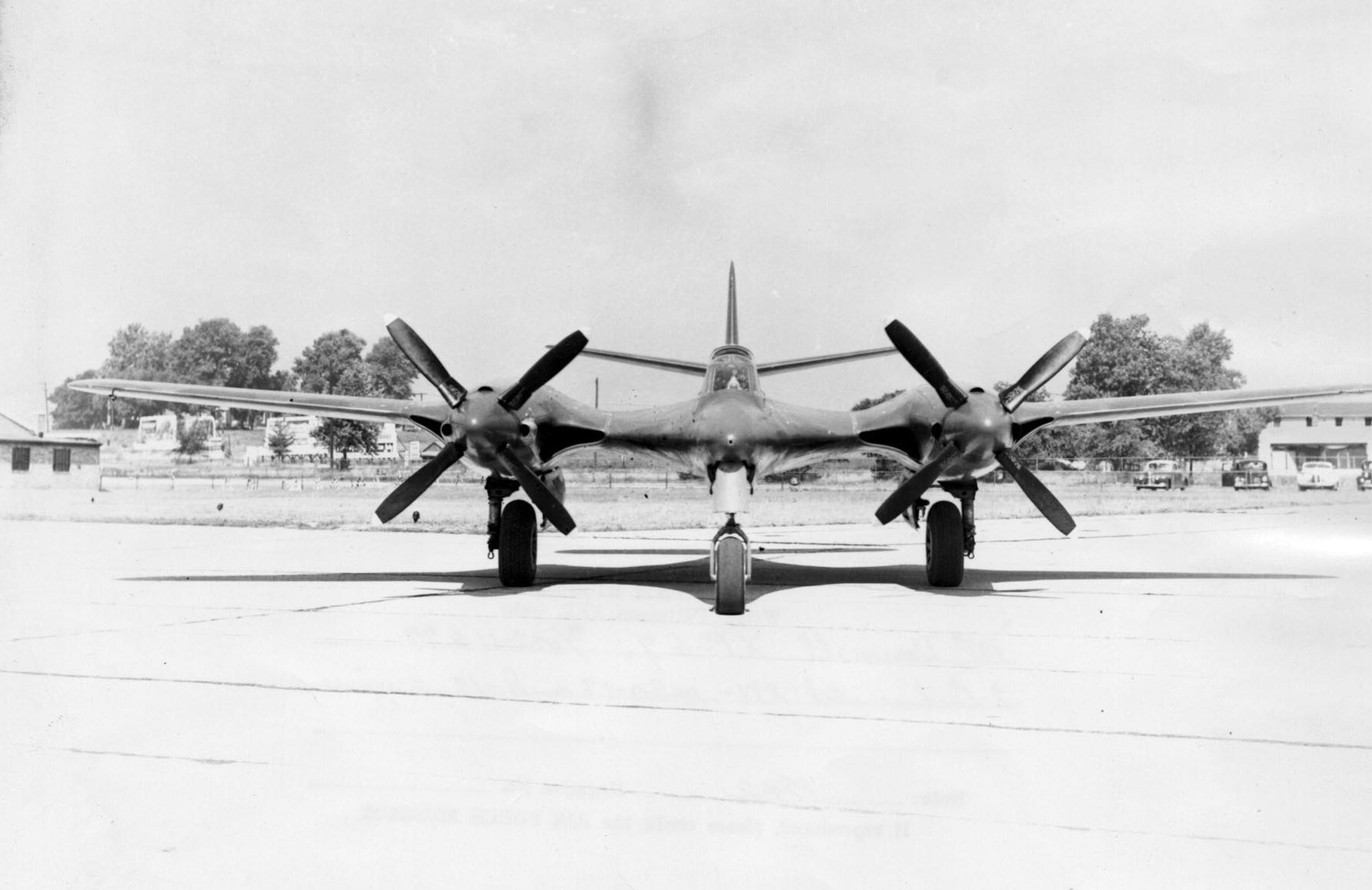
Airplane with a fiery temper
On September 6, 1944, the sole XP-67 prototype, which had clocked up just 43 hours of flying, was on a test flight out of Lambert Field in St. Louis, Missouri. Shortly after takeoff, the plane’s right engine caught fire. Actually, that was not the Bat’s first fire. The airframe had burned several times before, the first time being in December 1943, during initial taxiing tests. However, this one proved to be fatal to the prototype and to the program as a whole. Test pilot Everett Edward Elliot managed to land the plane and escape uninjured, but it burned to ashes on the ground all the same.
Seven weeks after the loss of the prototype, the military pulled the plug on the program. The second prototype, which was by then just 15% complete, was never finished. McDonnell’s attempts at getting the aircraft new engines, such as Rolls-Royce Merlin, were also fruitless. Interestingly, the XP-67 remained the only piston engine aircraft that McDonnell Aircraft ever made. Prior to it the company only produced aircraft parts and afterwards it created only jets.
